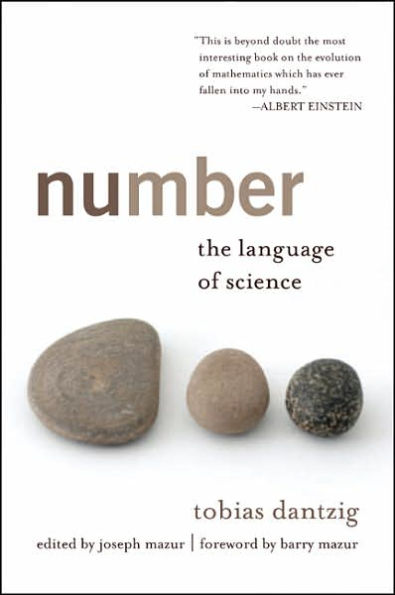Preface to the Fourth Edition
A quarter of the century ago, when this book was first written, I had grounds to regard the work as a pioneering effort, inasmuch as the evolution of the number concept—though a subject of lively discussion among professional mathematicians, logicians and philosophers—had not yet been presented to the general public as a cultural issue. Indeed, it was by no means certain at the time that there were enough lay readers interested in such issues to justify the publication of the book. The reception accorded to the work both here and abroad, and the numerous books on the same general theme which have followed in its wake have dispelled these doubts. The existence of a sizable body of readers who are concerned with the cultural aspects of mathematics and of the sciences which lean on mathematics is today a matter of record.
It is a stimulating experience for an author in the autumn of life to learn that the sustained demand for his first literary effort has warranted a new edition, and it was in this spirit that I approached the revision of the book. But as the work progressed, I became increasingly aware of the prodigious changes that have taken place since the last edition of the book appeared. The advances in technology, the spread of the statistical method, the advent of electronics, the emergence of nuclear physics, and, above all, the growing importance of automatic computors—have swelled beyond all expectation the ranks of people who live on the fringes of mathematical activity; and, at the same time, raised the general level of mathematical education. Thus was I confronted not only with avastly increased audience, but with a far more sophisticated and exacting audience than the one I had addressed twenty odd years earlier. These sobering reflections had a decisive influence on the plan of this new edition. As to the extent I was able to meet the challenge of these changing times—it is for the reader to judge.
Except for a few passages which were brought up to date, the Evolution of the Number Concept, Part One of the present edition, is a verbatim reproduction of the original text. By contrast, Part Two—Problems, Old and New—is, for all intents and purposes, a new book. Furthermore, while Part One deals largely with concepts and ideas. Still, Part Two should not be construed as a commentary on the original text, but as an integrated story of the development of method and argument in the field of number. One could infer from this that the four chapters of Problems, Old and New are more technical in character than the original twelve, and such is indeed the case. On the other hand, quite a few topics of general interest were included among the subjects treated, and a reader skilled in the art of "skipping" could readily circumvent the more technical sections without straying off the main trail.
Tobias Dantzig
Pacific Palisades
California
September 1, 1953
© Copyright Pearson Education. All rights reserved.



